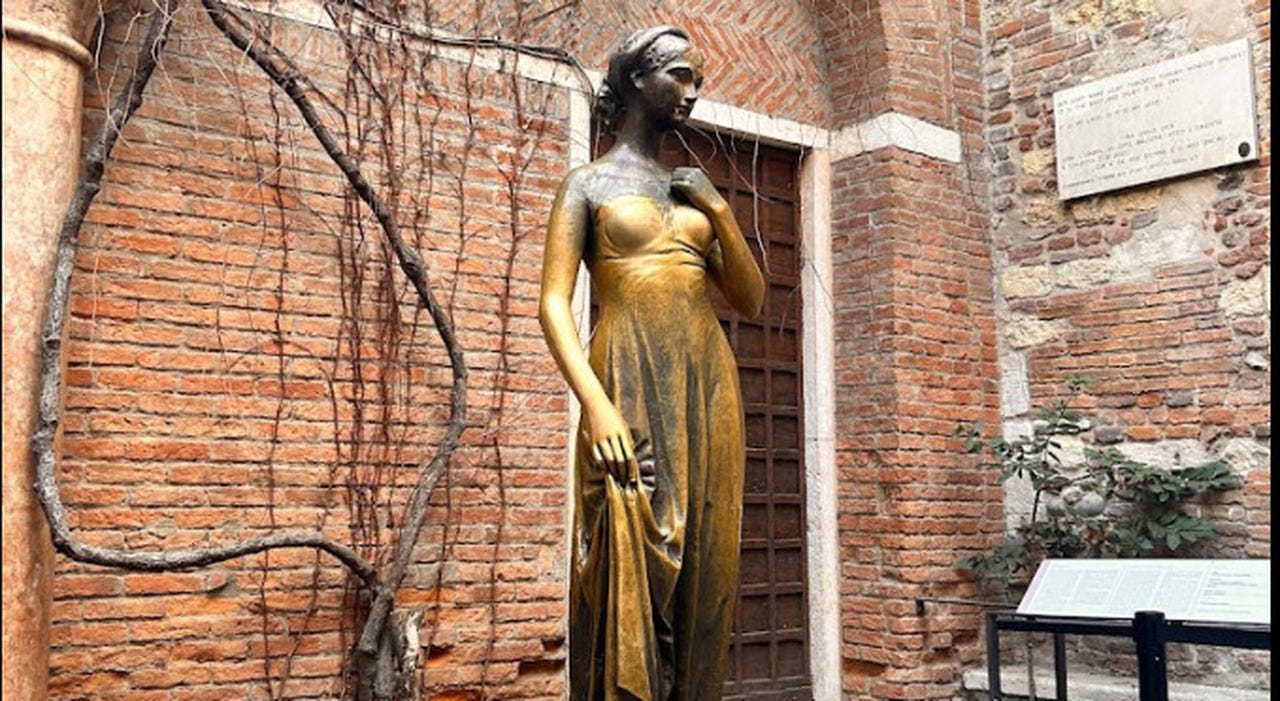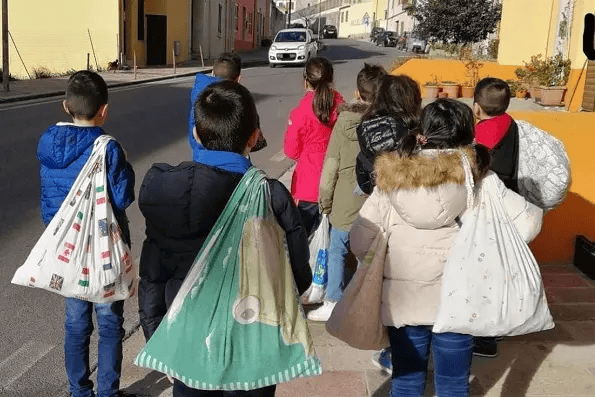Beliefs and Rituals in Italy for the New Year: Traditions of Luck, Love and Renewal
Italy's New Year's traditions blend humor, sacred rituals and regional customs into a fascinating mosaic
Italy embraces the New Year with a variety of fascinating beliefs and rituals that differ across its regions. These traditions, blending ancient customs with modern interpretations, reflect the Italian desire to bid farewell to the old and welcome the new with hope and positivity. Here’s an exploration of some of Italy’s most captivating New Year practices.
Wearing Red: A Symbol of Luck and Love
One of the most universally recognized Italian New Year’s traditions is wearing red underwear or red dress. This custom, believed to bring luck, love and fertility. Italians consider wearing red a must for ensuring passion and positive energy in the coming year.
I first embraced this tradition as a child, and it has become an essential part of my New Year’s celebrations. Slipping on something red as the clock strikes midnight always feels like a small, joyful promise to myself for a brighter year ahead.
Italian New Year’s Culinary Traditions: More Than Just Lentils for Good Fortune
Becoming rich isn’t just about eating “lenticchie” (lentils) and “cotechino” on New Year’s Eve (as I’ve mentioned in my first article Christmas Traditions (and Quirks) You’ll Want to Steal). Italian New Year’s lucky rituals at the dinner table revolve around food that can be counted. Besides lentils, there is the custom of eating “melagrana” (pomegranate) , likely due to its abundance of seeds or its vibrant red color.
In ancient times, the pomegranate tree symbolized wealth, good fortune, and fertility. This symbolism is rooted in the Bible, where the fruit is mentioned as one of the blessings awaiting the exiles from Egypt in the Promised Land.
Veneto: Romance and Fireworks in Verona and Venice
In Veneto, New Year’s traditions focus on love and spectacle. In Venice, couples gather beneath picturesque bridges to share a midnight kiss, believed to bring love and happiness in the coming year.
In Verona, the main celebration centers around Piazza Bra, where live music and a dazzling fireworks display light up the night. This tradition not only signifies renewal but also serves as a symbolic act to drive away negativity.
A notable tradition is the symbolic act of touching the bronze statue of Juliet, which stands in her house's courtyard. This ritual, often done by visitors seeking good luck in love, continues to draw people seeking a connection with the enduring tale of love and tragedy. The statue has become a universal symbol of love and hope, with thousands of visitors touching it every year, believing it brings fortune in their romantic achievements, making it a memorable destination for New Year’s Eve.
Lombardy: A Sweet Start in Milan
In Milan, the New Year is celebrated with symbolic culinary rituals. Sharing “panettone”, the iconic Milanese sweet bread, among family and friends represents unity, good fortune and a sweet start to the year.
In our own home, however, “pandoro”, another beloved Italian dessert, has become a staple of our holiday table. Its golden, buttery layers make it a favorite for both children and adults during this festive season.
Many Milanese also visit the Duomo di Milano for quiet reflection, lighting candles and offering prayers for a prosperous and blessed new year.
Piedmont: Toasting to Prosperity
In Turin and the Piedmont region, prosperity-focused rituals are common. During the New Year’s Eve toast, locals often keep coins in their pockets, a symbolic gesture to attract financial stability and abundance in the coming year.
Celebrations also highlight the region’s world-renowned sparkling wines, such as Asti Spumante, making the first toast of the year a festive and meaningful act.
Campania: Letting Go of the Past in Naples
In Naples, to ensure prosperity, one of the most symbolic New Year’s Eve rituals is the act of throwing old or broken objects out the window.
This ancient tradition represents discarding negativity and starting afresh. Although less common today for safety reasons, many Neapolitans still perform smaller symbolic gestures, such as burning written grievances or discarding small items, to honor the custom.
Another neapolitan tradition involves eating twelve grapes at the stroke of midnight, one for each month of the year. This is an ancient Spanish ritual that found its way to Naples and other southern regions during Spanish rule. Like lentils and pomegranates, grapes are considered a symbol of prosperity because they can be counted, drawing a direct connection to coins and wealth.
Sicily: Fires of Renewal
Sicilian New Year celebrations include the lighting of bonfires, which symbolize purification and the triumph of light over darkness. These fires, often accompanied by blessings and prayers, reflect Sicily’s unique blend of Christian and ancient customs.
The sharing of blessed bread and pastries among neighbors further emphasizes themes of generosity and good fortune for the year ahead.
Sardinia: A Unique Blend of Culture and Festivity
Sardinia is known for its vibrant and culturally rich New Year’s celebrations, which showcase the island’s unique heritage and community spirit.
One of the standout traditions is su Candelarzu, observed particularly in towns like Nuoro. This event sees children walking through the streets carrying sacchettas (pillowcase-like bags) to collect offerings for the less fortunate. These offerings often consist of chestnuts, dried fruits, and symbolic breads, each representing one of the months of the year, which reflects Sardinia’s deeply rooted agricultural and community-oriented customs.
Another cherished practice is found in Barbagia, where divination games are played on New Year's Eve. These rituals involve symbolic acts that predict the outcomes of romantic relationships in the coming year, adding a playful and hopeful element to the festivities.
Apulia: Dancing into the New Year
In Apulia, traditional folk dances such as the Pizzica take center stage during New Year’s festivities. These energetic performances are believed to drive away negativity and welcome joy and abundance into the home.
During a visit to Apulia with my husband and son, we had the unforgettable experience of dancing the Pizzica ourselves. The lively rhythm and joyous atmosphere brought us closer to the heart of this region’s culture, and we learned so much about the historical and cultural significance of the dance. It was a moment of pure fun and connection that I will always treasure.
Embracing Tradition: The Italian Spirit of New Year’s Celebrations
It’s fascinating how Italy, a deeply religious country, is also rich in superstitions. The blend of the sacred and the profane, often approached with humor, is an intriguing cultural phenomenon.
Italy’s New Year rituals and beliefs reflect a rich tapestry of regional customs and shared values. From the fiery bonfires of Sicily and Sardinian charity and divination games to the romantic traditions of Venice, each region celebrates renewal in its own unique way. Whether it’s wearing red for luck, throwing out old objects in Naples, or sharing a “panettone” in Milan, these customs capture the Italian spirit of hope, joy and community as the New Year begins.











